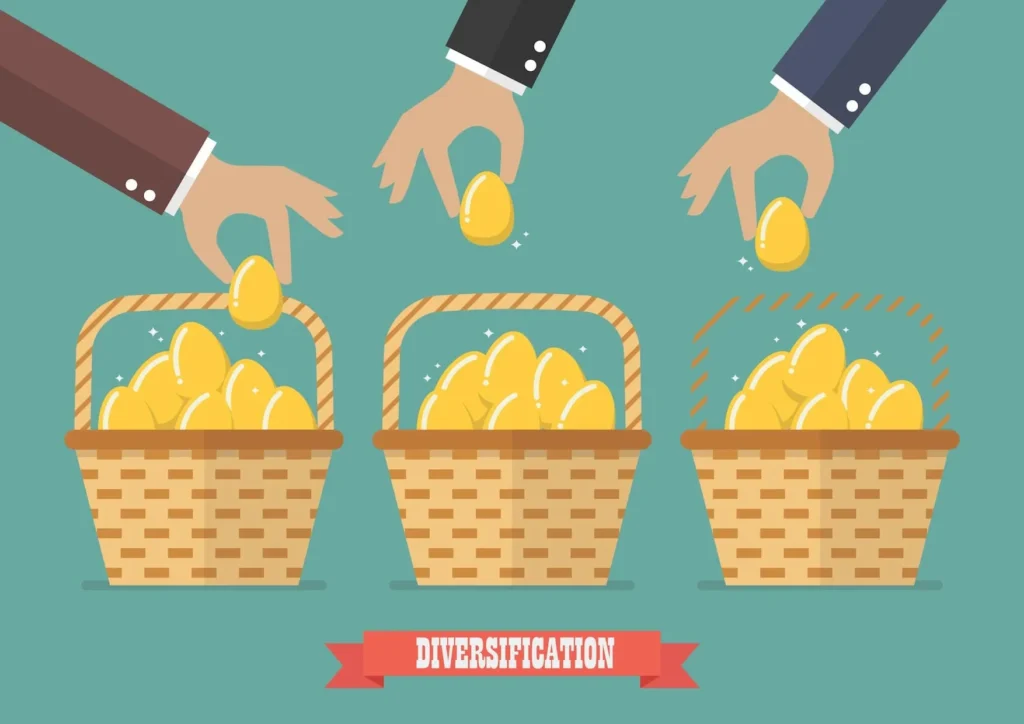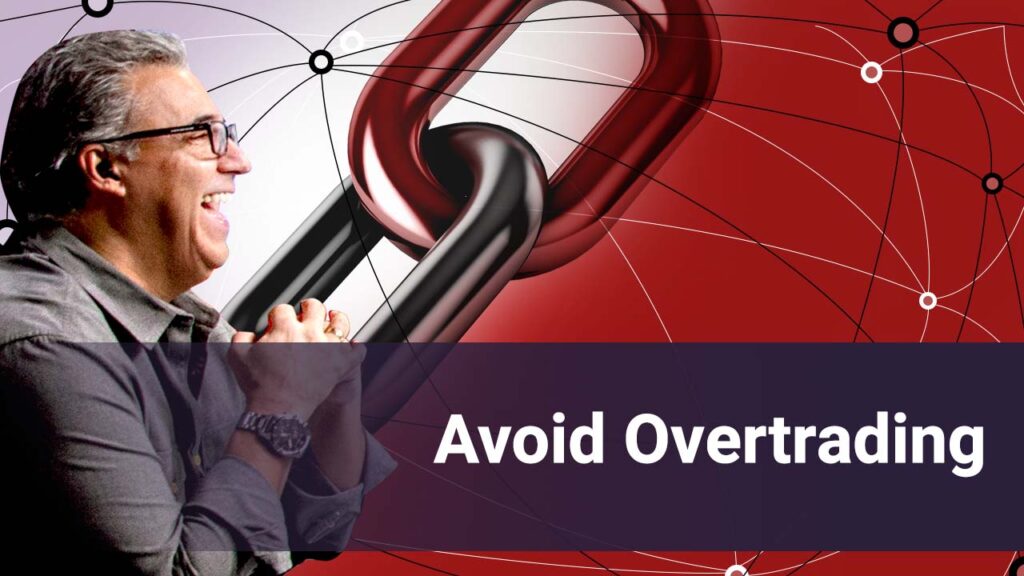Individual activities that traders might take to protect themselves against the downside of a deal are referred to as forex risk management. More risk implies a larger likelihood of large profits, but also a greater potential of large losses. As a result, being able to manage risk levels in order to reduce loss while increasing returns is a critical ability for every trader to possess.
Risk management in Forex
Proper risk management is essential in forex trading to protect your capital and ensure long-term success. Here are key principles and strategies for effective risk management in forex:
On this page

Set Stop-Loss Orders
Always use stop-loss orders to define the maximum amount of loss you are willing to tolerate on a trade. This order automatically closes the trade when the market reaches a predetermined level, helping to limit potential losses.
Determine Position Size:
Calculate the appropriate position size based on your risk tolerance and the distance between your entry point and stop-loss level. This ensures that each trade represents a consistent percentage of your overall capital.

Click here to read Master the Art of Forex Risk Management Tools

Risk-Reward Ratio:
Assess the risk-reward ratio before entering a trade. Ensure that the potential reward justifies the risk taken. A common rule of thumb is to aim for a risk-reward ratio of at least 1:2 or higher.
Diversification:
Avoid putting all your capital into a single trade or currency pair. Diversifying your trades across different assets or currency pairs can help spread risk and minimize the impact of a poor-performing trade.


Use Leverage Wisely:
While leverage can amplify profits, it also increases the risk of significant losses. Use leverage cautiously, and consider lower levels, especially if you are a beginner. Understand the impact of leverage on your positions.
Risk Percentage per Trade:
Determine the percentage of your capital that you are willing to risk on each trade. Many experienced traders recommend risking no more than 1-2% of your capital on a single trade.


Avoid Overtrading:
Overtrading can lead to increased exposure and higher risk. Stick to your trading plan, and only take trades that meet your criteria. Quality over quantity is crucial in risk management.
Regularly Review and Adjust:
Periodically review your risk management strategy and adjust it as needed. Assess your trading performance, and if necessary, tweak your position sizes or risk parameters based on your evolving experience and market conditions.


Stay Informed:
Keep yourself informed about economic events, news releases, and other factors that can impact currency markets. Be aware of scheduled events that may lead to increased volatility.
Manage Emotions:
Emotional decision-making can lead to impulsive actions and increased risk. Stay disciplined and stick to your risk management plan, even in the face of market fluctuations.


Understand Drawdowns:
Recognize that drawdowns (temporary losses) are a natural part of trading. Understanding and accepting drawdowns can help you avoid emotional reactions and stick to your plan.
Use Trailing Stops:
Consider using trailing stops to lock in profits as a trade moves in your favor. Trailing stops automatically adjust as the market price moves, helping to secure gains while giving the trade room to breathe.


Simulate Trades with Demo Accounts:
Before implementing a new trading strategy with real money, test it thoroughly using a demo account. This allows you to assess its effectiveness and understand the risk implications.
Educate Yourself:
Continuously educate yourself about risk management techniques and stay informed about industry best practices. The more knowledgeable you are, the better equipped you’ll be to manage risks effectively.

By integrating these risk management principles into your trading approach, you can enhance the sustainability of your forex trading activities and better navigate the inherent uncertainties of the market.
